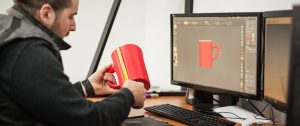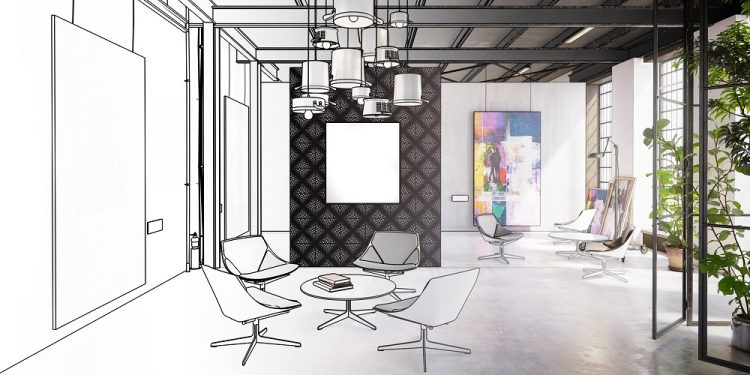Today’s technology has provided businesses with valuable tools and resources to improve their products and services for consumers. One such method is 3D product rendering, which is the process of creating a digital image of an object complete with the textures and details leading to the lifelike appearance of your merchandise.
If you have a dedicated in-house graphic design team, you should invest in product visualizer software to make the images on your website or other marketing materials more appealing to your target audience. It’s becoming more challenging to catch consumers’ attention these days, so you need to ramp up your efforts to make eye-catching visuals for your products.
Here are ways where 3D product rendering can help you grow your business:
1. Set Product Expectations
The primary advantage of 3D rendering is you can incorporate more details into graphic design. It allows customers to see the products as if they’re looking at it in person. This practice is useful, especially with the current pandemic, and consumers are shopping for goods online.
It also enables you to set the expectations of buyers. 2D images, no matter how well-captured on camera, can’t provide a comprehensive idea of the texture, finish, and other relevant details of your products.

Using 3D rendering for your online catalog lets consumers scrutinize every inch of your merchandise. They can zoom in on the graphic and rotate it to inspect the various features and angles of your product. With this, they know what to expect before they complete the transaction and purchase it from your company. This lessens the risk of disappointing them when the product they imagined didn’t match the actual item that arrived on their doorstep.
2. Provide an Immersive Experience
Search engine optimization (SEO) is a vital factor in digital marketing. Publishing engaging content, like 3D designs, can attract web users, which can lead to better user experience on your website. If people stay on your site and explore your domain, this can boost your SEO and improve your rank on search engines.
Incorporating interactive elements is an important factor for your business website. Make your content more compelling by using 3D product rendering for your catalogs. This way, consumers can enjoy the immersive viewing experience on your site.
3. Put Context on Your Products
3D rendering also allows you to place your merchandise in an optimal environment so it makes more sense. For instance, if you’re selling rattan furniture, rather than just superimposing the picture over a white background, you can incorporate your products onto an image of a patio. Then, consumers can hover over the furniture and see the texture and other details of the chair or table.
The context gives them an idea of where they can place the product in their homes or offices and compel them to complete the purchase. Moreover, the process can also let them know which items work well together, and they may be encouraged to buy all of them at once.
4. Offer Opportunities for Customizable Design
If you also offer customization on your products, you can use 3D rendering to provide customers with a template, which they can modify according to the specifications they want. Going back to the furniture example above, you can offer to change the color or add other details that can be personalized and allow buyers to see the end product. Again, it’ll enable you to set their expectations prior to buying so if they don’t like how the item looks they can either choose a different color or change something on it.
5. Save Money on Marketing
Because 3D rendering can be done on the computer, you can save money on planning and organizing photo shoots. With the latter, you need to pay for professional photographers and their teams, as well as the actual product you’ll be using. There may even be accompanying shipping costs if you’re shooting off-site.
With 3D rendering, as mentioned above, you can choose any background you want to provide context for your products. You can easily pick locations abroad for the image and overlay your merchandise to boost its visual appeal to consumers.
Conclusion
3D rendering is a valuable tool for businesses to create compelling images, especially for their product catalogs. It allows you to set customer’s expectations by letting them see the merchandise for themselves. The immersive and customization features, as well as context will also provide a holistic experience for them, which can encourage them to complete the purchase.



